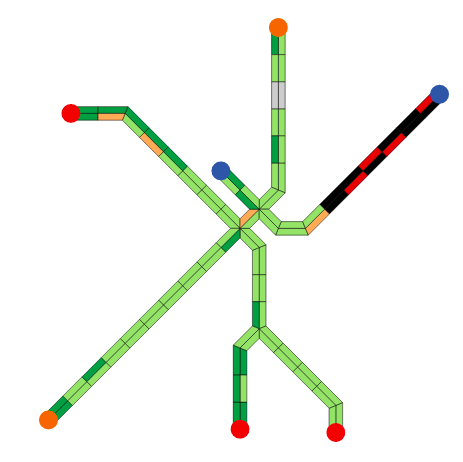fattony
Senior Member
- Joined
- Jan 28, 2013
- Messages
- 2,099
- Reaction score
- 482
Re: Driven By Customer 'Service' Parte Dos
Moving air (convection) can increase the rate at which heat is pulled out of something, but it cannot actually cool something below the ambient temperature. Humans perceive this as if the temp were lower (which also gives a higher rate of heat removal through our skin) which is why we assign an "equivalent lower temperature" to the feeling.
Trains create their own wind (again, convection) when they move at 30, 40, 50 mph. A headwind would add to that, a tail wind subtract. No matter what, the temperature of the train, the tracks, the wheels, etc cannot drop below ambient.
Does wind-chill factor actually mean anything of consequence for equipment? Engineers, does equipment function differently in these two scenarios - one 20 degrees with no wind, and one 20 degrees with a windchill of megaultracold?
Moving air (convection) can increase the rate at which heat is pulled out of something, but it cannot actually cool something below the ambient temperature. Humans perceive this as if the temp were lower (which also gives a higher rate of heat removal through our skin) which is why we assign an "equivalent lower temperature" to the feeling.
Trains create their own wind (again, convection) when they move at 30, 40, 50 mph. A headwind would add to that, a tail wind subtract. No matter what, the temperature of the train, the tracks, the wheels, etc cannot drop below ambient.

